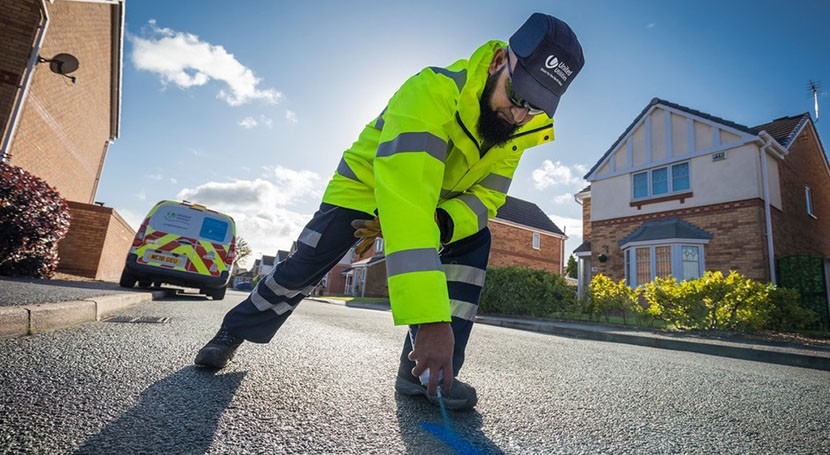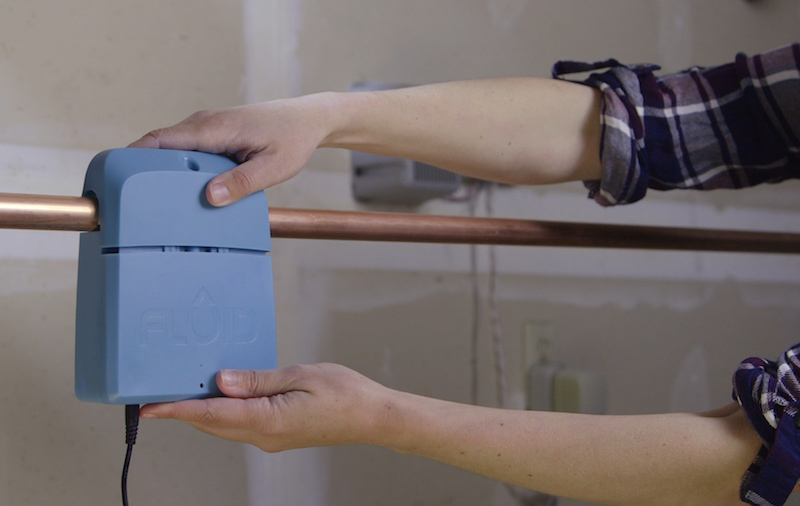Advanced Water Leak Detection Solutions for Your Home and Business
Advanced Water Leak Detection Solutions for Your Home and Business
Blog Article
Cutting-edge Solutions for Very Early Detection of Water Leakages in Structures and Infrastructure
From cutting-edge leakage discovery innovations to the deployment of IoT sensors for real-time tracking, the landscape of leak prevention is evolving rapidly. Automated water circulation analysis systems are improving just how leakages are identified and dealt with, leading the way for a proactive technique to water leakage discovery.
Advanced Leakage Discovery Technologies
Advanced leakage discovery innovations, equipped with cutting-edge sensing units and algorithms, play an important role in quickly identifying and determining water leaks in various setups. Electromagnetic sensors can identify modifications in electro-magnetic fields created by water, supplying yet one more layer of leak detection ability.

IoT Sensors for Real-Time Tracking
In the world of modern-day water leak detection, the integration of IoT sensing units for real-time surveillance stands for a crucial innovation in enhancing positive leakage detection capacities. These sensors supply continuous monitoring of water supply, providing real-time information on water flow prices, stress variations, and temperature changes. By leveraging IoT innovation, these sensors can identify also the tiniest anomalies in water usage patterns, making it possible for early recognition of prospective leakages before they escalate into major problems.
IoT sensors transmit information to a centralized platform, where advanced formulas analyze the information and produce signals or notices when abnormalities are found. This real-time surveillance capacity allows building owners or facility supervisors to without delay deal with leakages, reducing water damages, minimizing repair work costs, and conserving water sources.
Furthermore, IoT sensors can be incorporated with building monitoring systems, permitting automatic actions to identified leakages, such as shutting down water valves or activating pumps to minimize the effect of leaks. On the whole, the application of IoT sensing units for real-time monitoring considerably boosts the effectiveness and performance of water leakage detection in buildings and framework.
Artificial Intelligence Algorithms for Leakage Prediction

One trick advantage of making use of artificial intelligence for leak prediction is its ability to continuously find out and boost its accuracy with time. As even more data is collected and fed into the formula, it can improve its forecasts and adjust to altering problems, eventually enhancing the integrity of leakage detection systems.
In addition, artificial intelligence algorithms can assist in determining refined signs of leakages that may go unnoticed by typical monitoring methods. water leak detection. By assessing complex information embed in real-time, these formulas can offer very early cautions and alerts, permitting prompt treatment and preventive maintenance to mitigate potential water damages and linked prices
Making Use Of Thermal Imaging for Leakage Detection
Thermal imaging technology provides an encouraging approach for discovering water leaks in numerous systems and facilities. By utilizing infrared radiation and temperature variations, thermal imaging electronic cameras can identify surprise leakages that are not quickly noticeable to the naked eye.
One of the crucial benefits of thermal imaging for leak discovery is its non-intrusive nature. On the whole, the use of thermal imaging innovation improves the effectiveness and precision of water leak discovery, making it a useful tool for preserving the integrity of structures and facilities.
Automated Water Flow Evaluation Systems
Exactly how can computerized water circulation analysis systems change the discovery and monitoring of leaks in numerous systems and facilities? Automated water circulation analysis systems use a positive approach to leakage detection by continually checking water flow rates and patterns. click to read more By establishing standard data, these systems can quickly determine discrepancies that may indicate a leakage, allowing prompt treatment to avoid substantial damages.
These systems utilize sophisticated algorithms to analyze real-time data and supply instant signals her response when abnormalities are detected, enabling for speedy activity to be taken. Additionally, computerized water flow analysis systems can be integrated with structure monitoring systems or IoT systems, enhancing total efficiency and allowing remote surveillance abilities.
In addition, the data accumulated by these systems can be used for anticipating upkeep functions, assisting to determine possible powerlessness in the infrastructure before leakages happen. In general, the implementation of automatic water flow analysis systems can dramatically improve leakage discovery and administration techniques, inevitably causing cost savings, minimized water wastefulness, and boosted sustainability in buildings and framework.

Verdict
In conclusion, the assimilation of innovative leakage detection modern technologies, IoT sensing units, machine learning formulas, thermal imaging, and computerized water circulation evaluation systems uses cutting-edge services for very early detection of water leaks in buildings and infrastructure. These innovations make it possible for real-time tracking, forecast of leakages, and reliable detection techniques to avoid water damage and waste. Implementing these options can assist in preserving the stability and sustainability of water systems in various settings.
Report this page